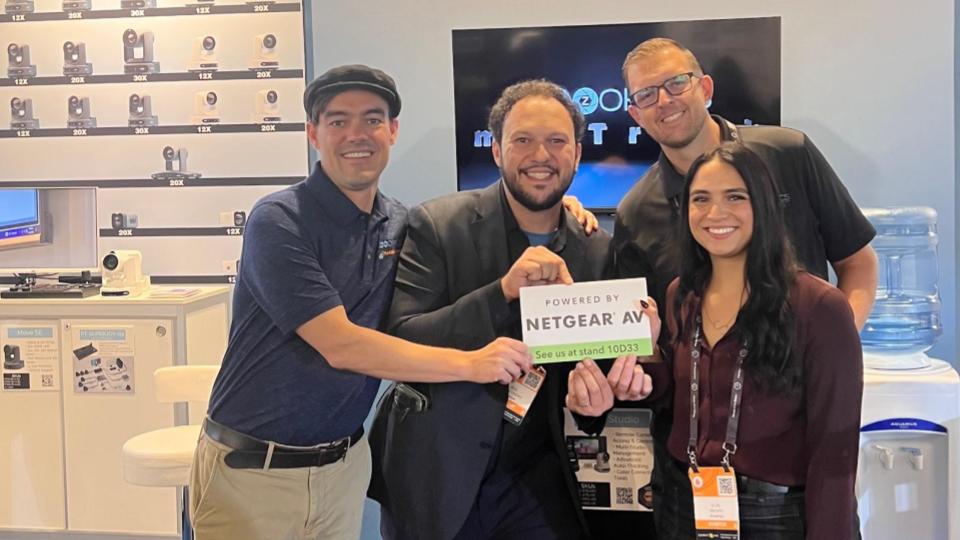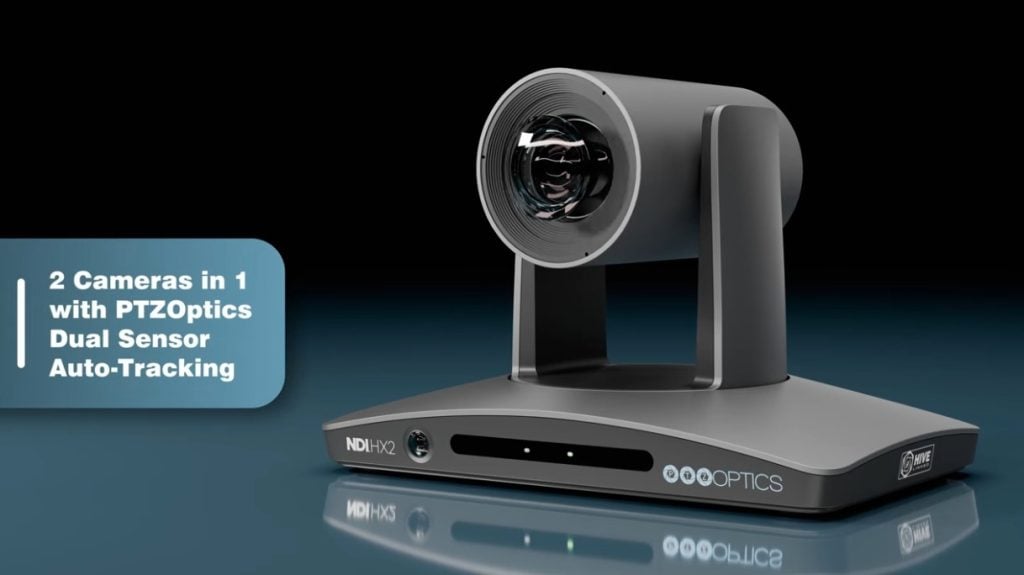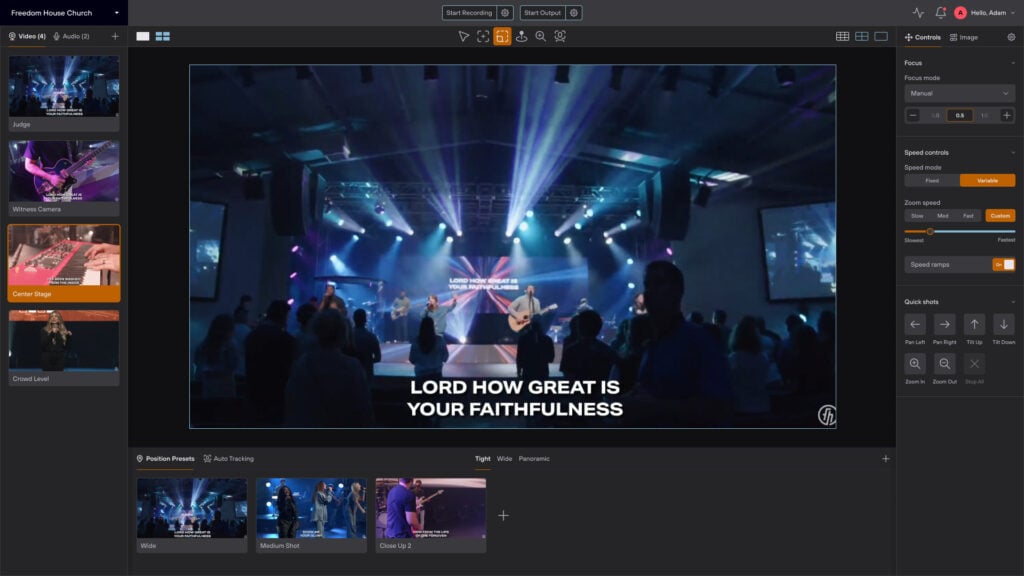- Facebook Live
- featured
- Live Streaming
- Private CDN
- private live streams
- StreamGeeks
- Studio
- video-stories
- videos
- vMix
- YouTube Live
Selling Event Virtual Tickets and Private Live Streams
Written by Paul Richards on October 17, 2017
How to make money selling event virtual tickets and private live streams.
In episode 12 of StreamGeeks we talk all about how to sell virtual tickets online. Selling virtual tickets is a great way to generate additional revenue for your next event. All you need is a live streaming system and a few tricks that we review in this video.
Selling Event Virtual Tickets || Monetizing Live Streams

Selling Virtual Tickets
As you can see in the picture above Paul Richards is interviewing Derral Eves on how to sell virtual tickets. Derral runs an event called VidSumit and throughout the video they talk about strategies for selling virtual tickets.
Here is the platform that VidSummit used for selling virtual tickets. The platform was called Stream and they allowed VidSummit to sell virtual tickets and put up a paywall to require guests to pay for access to the live streamed content.
Below are some tips from the DaCast blog on how to monetize your live events.
How to make money broadcasting live video is a question with more than one answer. There are several ways to monetize your live streaming, some direct, some indirect. You can do it directly with pay per view live broadcasting or by requiring subscriptions. You can sell advertising for your broadcast or form a relationship with one or more sponsors. You can use crowdfunding to let people play a part in the creation of new content.
Live Streams and Subscription
The most straightforward way to make money from live streaming is to charge people to watch it. A few streaming platform services include a paywall option. A paywall is an arrangement that requires payment before a viewer can activate the broadcast. It works for either live streaming or on-demand video. Pay per view is the simplest paywall setup, requiring payment on a “per view” basis: the viewer pays a fee and can then watch the broadcast for a period of time.
Subscriptions are a monthly or other periodic fee allows the viewer to watch any number of videos or broadcasts during that month. It’s an elaboration of the simple pay per view arrangement and again, most streaming platform services can set this up.
Paywall methods have advantages and drawbacks. The advantage is that it allows immediate returns and presents the viewer with high-quality viewing. Your broadcast isn’t encumbered by ads or endorsements. The downside is that it requires a greater commitment from your viewers. While people will pay to watch good, interesting video, it’s a fact that charging for anything reduces traffic. You won’t have as many viewers if you charge as you will by offering the broadcast free, all else being equal. For that reason, pay per view and subscription work best for broadcasts with a dedicated audience that are willing to pay. Neither requires a very large audience to generate revenue.
Advertising and Sponsorship
The ads appear in the lower thirds of your video or as clips before your broadcast begins and/or interrupting it like standard television commercials. This is, of course, the monetizing method used by network radio and television stations long before the Internet even existed. Plus side, it requires less in the way of commitment from a viewer. They don’t have to pay money, just spend a little extra time enduring commercials.
Downside of advertising is that it requires a large viewing audience before advertisers will be interested in buying space. With less than a million projected viewers, it’s unlikely that a broadcaster will be able to sell ads at all with many of the available networks.
Sponsorship is similar to advertising, but involves a sponsor bankrolling your video broadcast in return for what amounts to informal advertising. This usually takes the form of endorsement of the sponsor in the video itself. Sponsorship is sometimes possible with smaller broadcasts that would have a hard time attracting conventional advertising. On the other hand, it’s a long-term venture and can be difficult to set up.
Driving Traffic to a Web Site
Driveing traffic to a web site where the broadcaster is selling another product or service. This is similar to use of any other web content such as blog articles or photos. It follows the usual rules of search engine optimization and aims at click-through and conversion: a follow-up action that results in generation of revenue. Rather than selling advertising, the video broadcast in this case is advertising.
The advantage of this form of monetization is that it requires the least commitment from viewers as viewers. You don’t ask the viewers to pay for the privilege. You don’t ask them to sit through ads. You ask only that they watch the video, and hope that this will lead them to the desired follow-up.
Disadvantage is that it’s uncertain. The product or service being offered for sale, and how the click-through opportunity is presented and organized, make as much difference here as the quality and subject matter of the video itself.
Crowdfunding
Crowdfunding uses web sites such as Kickstarter, Patreon, and Indiegogo to present creative projects and ask for donations, usually offering rewards to those who donate in threshold amounts. Some sites (such as Kickstarter) favor donations in one-time amounts, while others (such as Patreon) slide more easily into a subscription model, with contributors offering commitments of monthly donations. You can use a crowdfunding campaign to request funding for your broadcasting efforts. Rewards for donations can include subscriptions to the broadcast itself if using a paywall model; otherwise they can take the form of products, accessories, downloadable copies of the saved broadcasts — really anything your imagination can suggest.
Videos can add a lot to crowdfunding campaigns for other endeavors. According to Kickstarter, including a video in your presentation will increase your chances of success with a crowdfunding campaign by about half. Other factors for success include the project itself, the marketing campaign, and the rewards offered. A good, authentic video is a good way to attract attention, and if it’s a live broadcast, so much the better: what’s more authentic than that?
Full Blog: https://www.dacast.com/blog/how-to-make-money-broadcasting-live-video/
Conclusion
If you are interested in learning more about how to sell virtual tickets online download our free guide here.
Learn more on Monetizing Live Streaming
- Get your free copy of the Virtual Ticket here.
- Take an online course on hosting private live streams here.
- Learn what virtual tickets mean for the events industry here.
- How to monetize your next live event - here
- How to accept donations on your Facebook and YouTube live streams - here
- Selling Event Virtual Tickets and Private Live Streams - here
- Viewer Statistics for live streaming – here
- Here’s why Twitch is such a BIG opportunity for live streamers - here
- Did you know your town may have a Business Improvement District? They may help your set up a live stream! More here
- Selling Virtual Tickets with Event Planner Derral Eves - more here
- Learn about three events that are already selling virtual tickets here.
- A look at the technology needed to host private live streams here.
- A look at planning a virtual event here.
- Review your virtual ticket pricing strategy here.
- Preparing your event for live streaming here.
- Learn how to build your event live streaming team here.
More on Corporate Live Streaming
- New Trend: Broadcasting from the Boardroom. More here.
- Corporate Event Streaming w/ Event Stream Live Interview here.
- How to livestream a corporate conference or event here.
- How to build an in-house video studio for live streaming here.
- How to designed a video background in your office here.
- Behind the Scenes tour of our conference room with a live streaming system here.
- How to setup a teleprompter for your studio talent to deliver great videos here.
- Designing 3D models for technology spaces here.
- Using a Crestron Control System for complete system control here.
- How to sell virtual tickets to your next event here.






